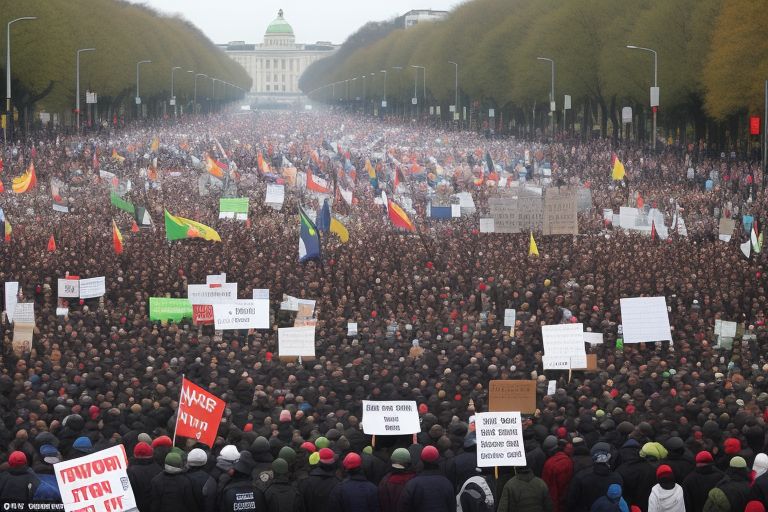Nationwide protests calling for government transparency have erupted across the country, marking a significant moment in the nation’s pursuit of accountability and openness in governance. The demonstrations, driven by a diverse coalition of citizens from various walks of life, have been largely peaceful but are underscored by a palpable sense of urgency and frustration with the current state of political affairs.
The protests have been sparked by a series of events that have raised public concern over the lack of transparency in governmental decisions and operations. Key issues include the handling of public funds, the awarding of government contracts, and the enactment of policies without public consultation or oversight. The demonstrators are demanding a more open government, including the establishment of mechanisms for greater public scrutiny and participation in decision-making processes.
The movement has gained momentum, drawing support from a wide array of social groups, including students, professionals, labor unions, and civil society organizations. The use of social media has played a crucial role in mobilizing supporters and disseminating information about the protests, including locations, times, and key messages.
The government’s response to the protests has been cautious, with officials expressing willingness to engage in dialogue, yet without committing to the specific reforms demanded by the protesters. This has led to concerns about the potential for escalating tensions if the public’s calls for transparency are not adequately addressed.
The demand for government transparency is not new, but the scale and intensity of the current protests reflect a growing discontent among the populace. This movement highlights the importance of transparency and accountability in fostering trust between the government and the people it serves. The outcome of these protests could have far-reaching implications for the nation’s political landscape, potentially leading to significant reforms in governance practices.


